Ear and Hearing
Earwax
Ear infections are quite common and usually present with ear pain, bleeding, ear blockage or smelly ear discharge. Digging one’s ears to try to remove earwax is a frequent risk factor for infection as it may lead to injury of the ear canal skin, eardrum or even deeper structures like the hearing bones.
Earwax itself has protective properties as it contains natural oils to coat the ear canal skin, so the ear does not have to be totally clean. In fact, the ear is actually a self-cleaning device as the skin lining the ear inside tends to migrate outwards to move most wax away from the inside.
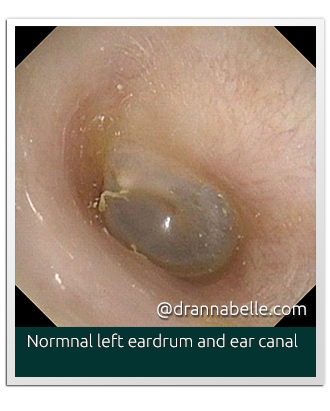
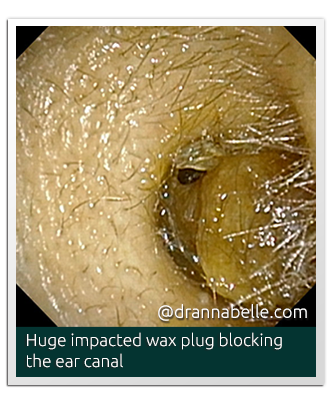
Sometimes, wax does become trapped inside the ear due to the type and nature of wax, and shape of the ear canal. In these cases, a few drops of clean olive oil applied inside the ears can help to soften the wax to make it easier for wax to flow out on its own. If this does not work, then a visit to the Ear Nose Throat specialist is helpful to allow gentle cleaning of trapped wax and any infected debris with special tools under the microscope.

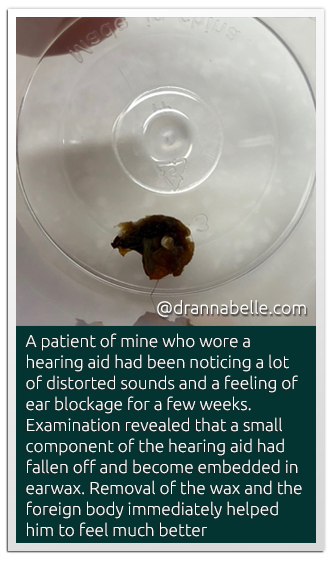
Fungal Ear infection
One of the more common type of ear infections seen at my clinic is fungal infection of the ear canal. This is also known as “Singapore Ear” and is probably related to the humidity of our tropical climate encouraging the growth of fungal organisms inside our moist ear environment. It may feel rather itchy and painful. The fungal debris needs to be thoroughly cleaned out under the guidance of the microscope as recurrence is quite common. Antifungal drops or ointment is then applied to the skin inside to eradicate residual spores.
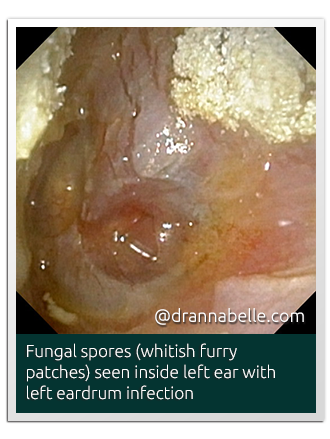
Glue Ear (Fluid Trapped Behind the Eardrum) And Acute Ear infection
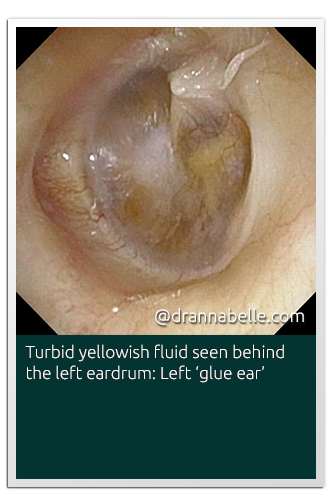
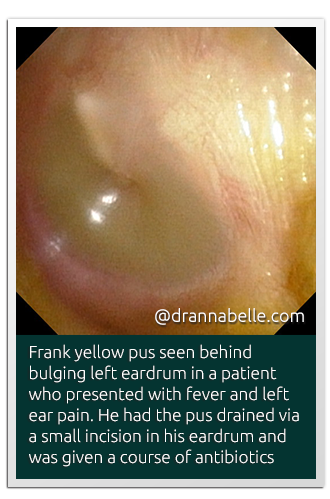
Ear infections may also lead to the buildup of fluid behind the eardrum, also known as “glue ear”. This leads to blocked ear sensation with hearing loss. If the fluid becomes infected, it may turn into frank pus and the patient may feel quite unwell with fever and severe ear pain. eardrum perforations (“holes”) and cause a persistent ear discharge and hearing loss. This can occur after a bad cold or the flu as the space behind the eardrums are joined to the back of the nose by specialised muscle-lined pressure tubes, the Eustachian tubes. These Eustachian tubes are the very same ones you need to “pop” open your ears with when you are landing during a flight.

Eardrum Perforations and Infections
After careful cleaning of the ear, some antibiotic ointment may be applied or eardrops may be prescribed to treat the infection fully. Simple advice to avoid ear infections are to stop digging one’s ears and to keep the ears dry e.g. at showertime. Eardrum perforations which do not heal by themselves may need to be repaired with surgery to prevent further infection. Depending on the size, location and complexity of the eardrum perforation, keyhole surgery through the ear canal itself without any outer visible scars may be used to repair the eardrum perforation: “scarless eardrum repair”.
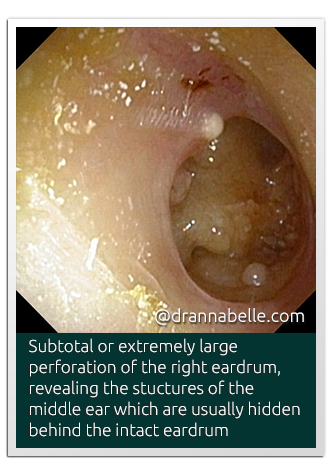

Hearing Loss
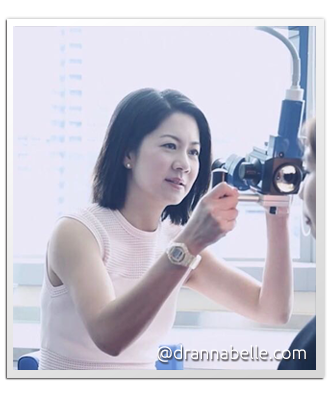
Hearing loss occurs in adults and children and may be caused by common conditions such as impacted earwax, ear infections, foreign bodies, eardrum perforations (ruptured eardrums) and fluid trapped behind the eardrum (glue ear) after a bad cold. Longstanding ear disease such as destructive skin cysts and abnormal fixation of the ear bones may also cause hearing loss. In addition, many adults experience hearing loss as they grow older. Some patients may lose their hearing suddenly and it is extremely important to get this checked out immediately to optimise recovery and to rule out more sinister conditions like inner ear/brain tumours
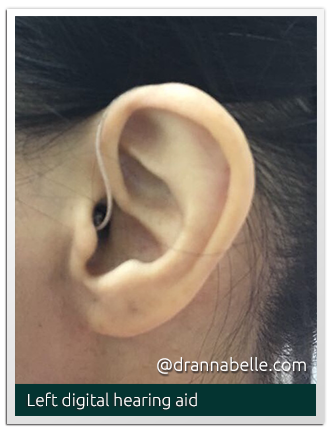
Difficulty in hearing should always be investigated thoroughly with a full history and examination. A hearing test (audiogram) should always be performed to determine the type of hearing loss, as it may be helped with surgery such as grommets (ventilation tubes), myringoplasty (eardrum repair), ossiculoplasty and stapedotomy (reconstruction of ear bones).
Hearing implants are also a reliable modern solution to today’s hearing problems and can considerably improve quality of life for those with hearing loss. These include bone conduction hearing devices (Bone Anchored Hearing Aids BAHA and Bonebridge) and cochlear implants.
Ear Problems in Children
Children are prone to suffering many ear problems including impacted earwax, and acute ear infections, likely related to their not yet fully developed immune system and immature Eustachian tube function. The Eustachian tubes are specialized pressure tubes joining the space behind the eardrums to the back of the nose and they are responsible for equalizing the pressures in these areas.

The naturally curious younger child may be tempted to insert foreign bodies such as beads or toy parts into their ears, which parents may not discover until it presents as an ear infection. Children often have interestingly different reactions, such that the child with a foreign body stuck in his ear may not be bothered at all about it or he may keep on tugging at his ears or trying to dig his ears with his fingers.

Children may also suffer from hearing loss that may go undetected and untreated. In many countries now, most newborns are screened for congenital (pre-existing) hearing loss at birth because the earlier any hearing loss is diagnosed, the earlier treatment may be introduced to help the child with hearing loss, learn to speak and communicate effectively. A trial of hearing aids is usually arranged and the young child’s speech and language development is closely monitored. If the hearing aids are not helping, then the option of cochlear implants to help the child hear may be explored with the parents.
See ENT Problems in Children: Ear blockage, infections and hearing loss and Hearing Implants and Cochlear Implants.
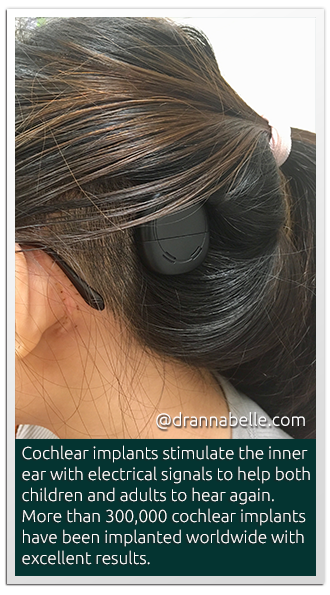
Hearing Implants Including Cochlear Implants
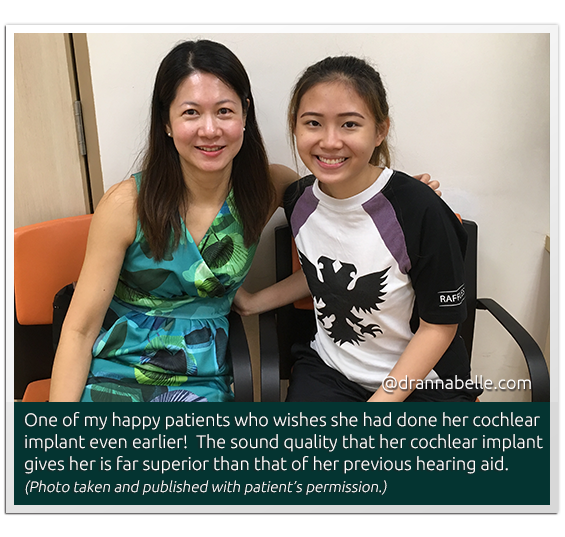
Hearing loss can severely affect a person’s quality of life. The problem is that not all types of hearing loss may be helped by hearing aids or standard surgery. Sometimes, the hearing is so poor that only the option of hearing implants remains. These modern implants may also be used to rehabilitate severe hearing loss in one ear or help the management of tinnitus (ringing noise in ear).
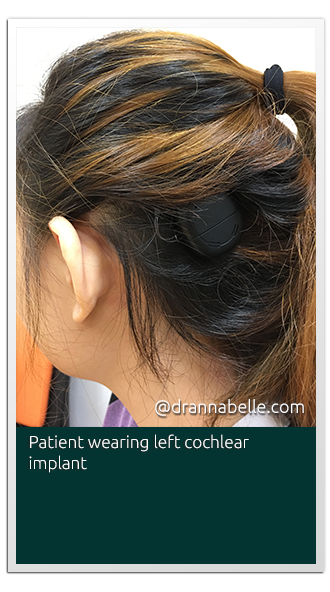
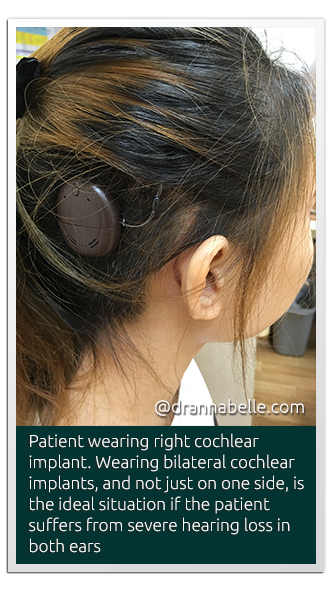
Hearing implants are a reliable modern solution to today’s hearing problems and can considerably improve quality of life for those with hearing loss. These include bone conduction hearing devices (Bone Anchored Hearing Aids BAHA and Bonebridge) and cochlear implants. More than 300,000 cochlear implants have been performed worldwide since 1985, with overall good results in most cases.
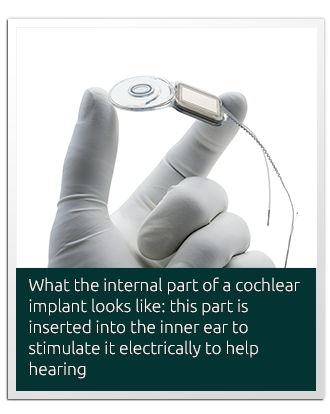
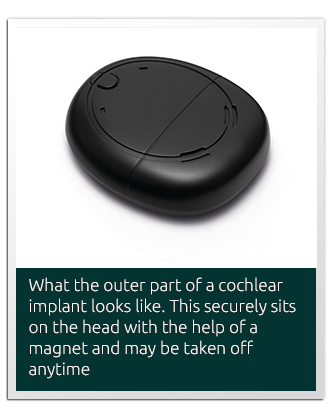
Cochlear implants are surgically implanted devices which stimulate the inner ear (cochlea) with electrical signals. These are converted into sound signals by the brain to allow the patient to hear again. The surgery itself may be done as a daycase procedure but often, patients prefer to stay in hospital overnight and go home the next day. The cochlear implant is usually switched on 2-3 weeks after surgery. Specialised speech therapy is then conducted over the next few mths to help the patient learn to use his new cochlear implant.
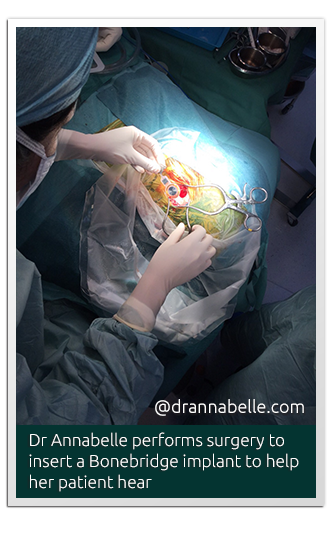
Other types of hearing implants e.g. BAHA, Bonebridge, Vibrant Soundbridge, may be suitable to manage different types of severe to profound hearing loss.
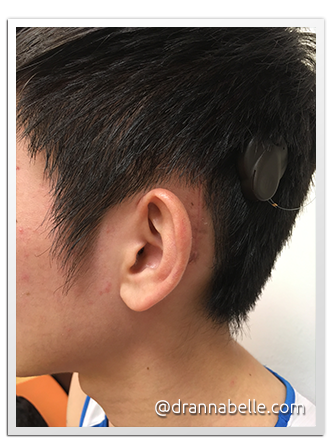
Tinnitus
Tinnitus is a type of noise usually originating from the inner ear and nerve. It is commonly associated with hearing loss and hence should be investigated with a thorough history and examination and hearing test (audiogram). Tinnitus can be either pulsatile (like a heartbeat) or non-pulsatile e.g. humming, buzzing, ringing, whooshing noise. Depending on its nature, sometimes it may come from twitching of the middle ear muscles and eardrum.
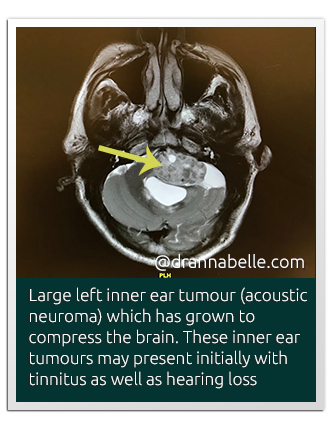

Although many cases of tinnitus may be entirely benign, further investigation with an MRI scan of the inner ear or brain is sometimes indicated to rule out rarer but more serious conditions such as glomus tumours (blood vessel tumours) and acoustic neuromas (inner ear nerve tumours) which may present initially with tinnitus. Treatment of tinnitus depends on the cause and severity and may require the input of an experienced ear specialist.






